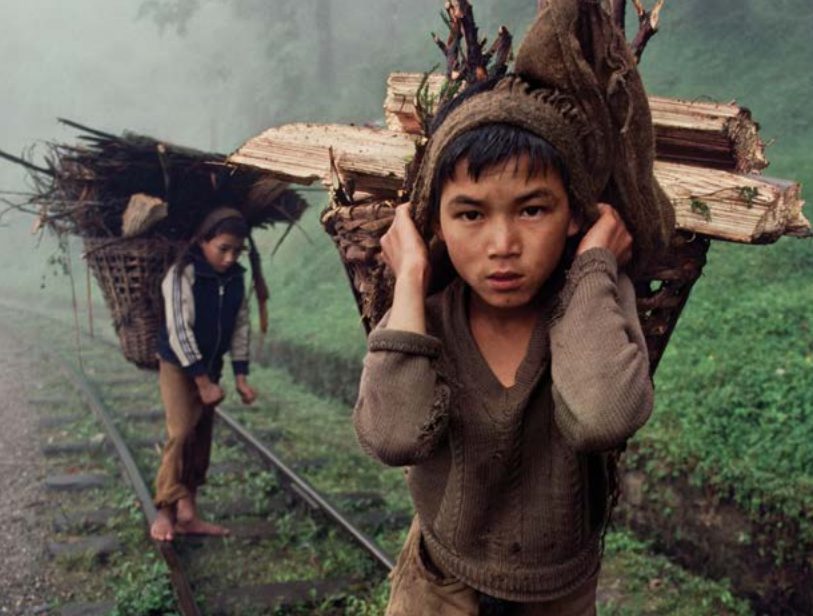
Using Technology to Educate on Child Labor: DOL’s New App, Sweat & Toil
Recently the United States Department released the 14th edition of its annual report, the 2014 Findings on the Worst Forms of Child Labor. The report is prepared by the Bureau of International Labor Affairs in accordance with Trade and Development Act (TDA) of 2000 and the Trafficking and Victims Protection Reauthorization Act of 2005. The report documents both the progress made in eliminating child labor globally and also the challenges remaining. The 2014 Findings on the Worst Forms of Child Labor report showed some 60 percent of the 140 countries surveyed with moderate to significant improvement on child labor issues.
2014 Findings on the Worst Form of Child Labor is divided into five parts. Part I examines government actions to address the worst forms of child labor. Part II provides an overview of the U.S. experience on child labor. Part III describes the report methodology and country assessments and profiles. Part IV lists reference material for data on child labor and education that appear in the report and Part V evaluates individual country profiles of countries who have beneficial trade relations under the TDA.
The report, which is publicly available, provides valuable infographs and region-specific analysis of child labor. The Department of Labor also has a Reducing Child Labor and Forced Labor toolkit for Responsible Businesses that has been translated into Spanish, French and Portuguese.
In addition to the toolkit and infographs, this year, the Department of Labor (DOL) introduced the Sweat & Toil app, which takes data from the Findings on the Worst Forms of Child Labor, the List of Goods Produced by Child Labor or Forced Labor and List of Products Produced by Forced or Indentured Child Labor. App users can review international laws and efforts to eliminate child labor, browse what goods have been produced with child or forced labor, and comb through other assorted child labor data. The app puts DOL’s extensive child labor information, such as raw data, laws, and information on goods produced with child labor, into one searchable, offline-available format.
The Sweat & Toil app creates a new way for the public to use open data in the fight against child and forced labor and is reflective of a larger trend of utilizing technology to help promote anti-trafficking education and awareness. Two other technology-focused projects created by NGOs in recent years, are Free 2 Work and Slavery Footprint.
Free 2 Work, created by Not for Sale and supported by the International Labor Rights Forum, provides consumers with information on how products relate to modern-day slavery. Through the site and the use of product bar codes, individuals learn how commercial brands are working to address forced and child labor. Free 2 Work enables users to access in-depth information about industry issues through industry pages and news feeds.
Slavery Footprint was created by Made in the Free World. It is an online survey that users fill out to determine how many slaves they are using through their consumption habits. The survey includes detailed questions about a user’s eating habits and household purchases to determine the amount of slave-produced goods used. Slavery Footprint strives to educate the user more through promoting awareness at the individual consumer level than Free2Work or Sweat & Toil but is a useful and jarring look at each person’s complicity in sustaining slavery through our purchases.
To further educate yourself on forced labor, child labor, and human trafficking use the Sweat & Toil app, check out Free 2 Work and take the Slavery Footprint test. Please also share these tools with those in your community and help promote greater consumer awareness.
Ashley Feasley is the Director of Advocacy at the Catholic Legal Immigration Network and a consultant to Human Trafficking Search.
Photo Credit: 2014 Findings on the Worst Form of Child Labor report

